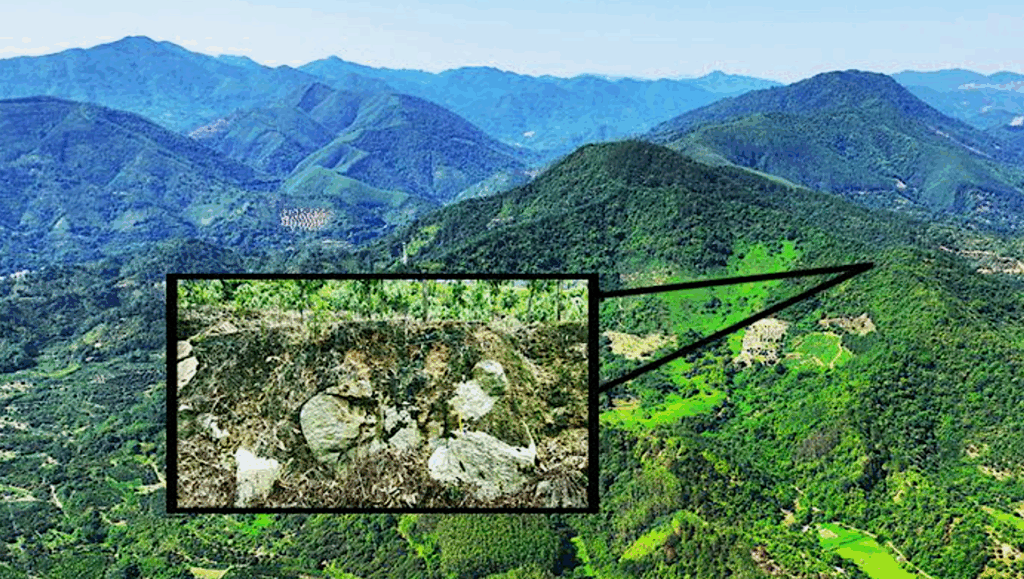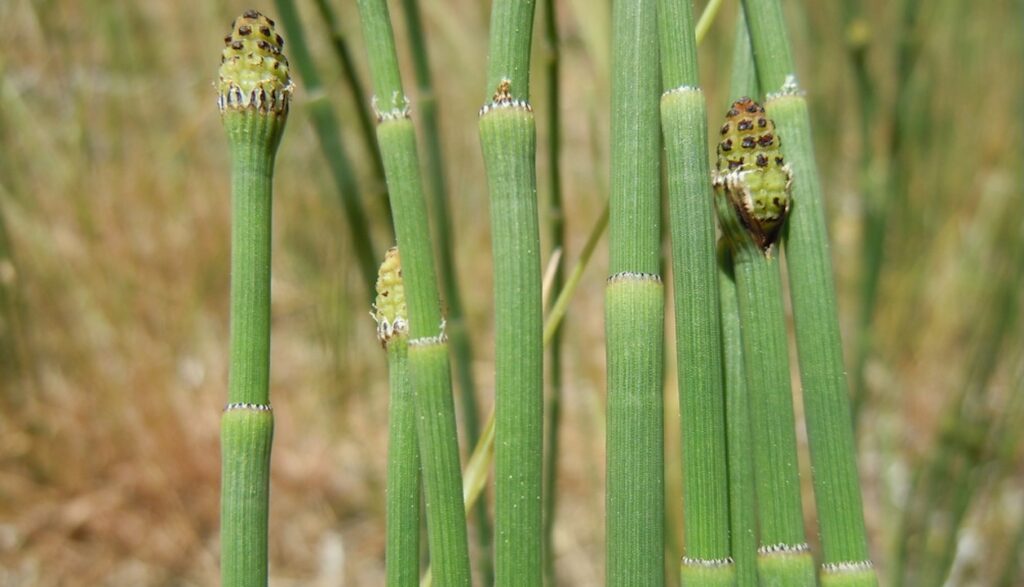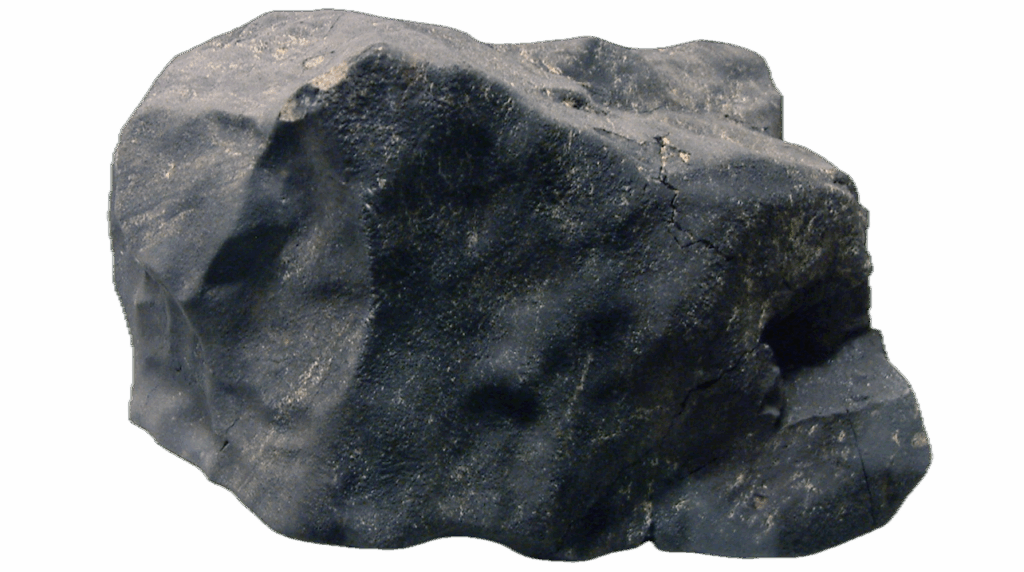Origin Of Isolated Olivine Grains In Carbonaceous Chondrites

We report microscopic, cathodoluminescence, chemical and O isotopic measurements of FeO-poor isolated olivine grains (IOG) in the carbonaceous chondrites Allende (CV3), Northwest Africa 5958 (C2-ung), Northwest Africa 11086 (CM2-an), Allan Hills 77307 (CO3.0).
The general petrographic, chemical and isotopic similarity with bona fide type I chondrules confirms that the IOG derived from them. The concentric CL zoning, reflecting a decrease in refractory elements toward the margins, and frequent rimming by enstatite are taken as evidence of interaction of the IOG with the gas as stand-alone objects.
This indicates that they were splashed out of chondrules when these were still partially molten. CaO-rich refractory forsterites, which are restricted to $\Delta^{17}O < -4\permil$ likely escaped equilibration at lower temperatures because of their large size and possibly quicker quenching. The IOG thus bear witness to frequent collisions in the chondrule-forming regions.
Emmanuel Jacquet, Maxime Piralla, Pauline Kersaho, Yves Marrocchi
Comments: 43 pages, 12 figures, accepted to Meteoritics and Planetary Science
Subjects: Earth and Planetary Astrophysics (astro-ph.EP)
Cite as: arXiv:2101.10073 [astro-ph.EP] (or arXiv:2101.10073v1 [astro-ph.EP] for this version)
Submission history
From: Emmanuel Jacquet
[v1] Mon, 25 Jan 2021 13:39:33 UTC (3,196 KB)
https://arxiv.org/abs/2101.10073
Astrobiology, Astrochemistry







